The Israeli army is vastly superior to Hamas, but still suffered heavy losses in the Gaza campaign, due to the unpredictable nature of urban warfare.
The Israeli Defense Ministry announced on December 13 that 10 of its soldiers had been killed in the past 24 hours in the Gaza Strip, including a colonel in command of a forward base and a lieutenant colonel in command of a regiment. Most of the casualties occurred in the Shejaiya district of Gaza City, when members of the Golani Brigade, the most elite unit of the Israeli military (IDF), were ambushed by Hamas in the urban area.
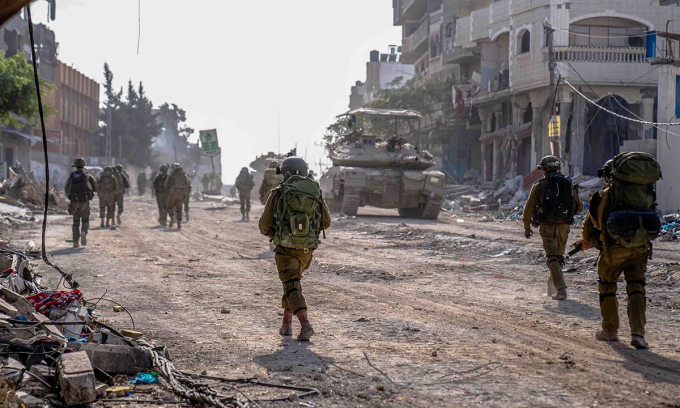
Israeli soldiers in the Gaza Strip on December 12. Photo: IDF
"The large casualties of the Golani Brigade, including high-ranking officers, make us feel very sad," said Miri Eisin, a retired IDF colonel and now an Israeli security expert.
According to Elsin, this loss shows the unpredictable nature of the type of urban warfare that the Israeli army is facing in the Gaza Strip, despite having a larger force and superior equipment compared to the enemy.
"In the early stages of the conflict, the IDF mainly carried out airstrikes and artillery shelling of the Gaza Strip. This caused large civilian casualties in the strip, but kept Israeli infantry safe. The situation changed when the ground campaign began, where soldiers faced constant danger," said Elsin.
The IDF says a total of 119 Israeli soldiers have been killed since it sent ground troops into the Gaza Strip more than two months ago. That is nearly double the number of casualties during the IDF’s 2014 ground operation in Gaza, in which 67 Israeli soldiers died in 51 days of fighting.
Experts previously warned that the Israeli military would find it difficult to fully exploit its technological advantages in the urban warfare environment in the Gaza Strip, an area with narrow terrain, many high-rise buildings, and a complex system of underground tunnels.
The tunnel network allows Hamas anti-tank teams to move around, appearing and disappearing through secret tunnels. They can sneak behind Israeli armored formations, fire a few rounds, and then quickly retreat to safety.
"In urban warfare, the defending side always has the advantage. That is why Hamas has consolidated its bases in urban areas in the Gaza Strip and built a dense network of underground tunnels," said expert Elsin.
The moment Hamas soldiers from a tunnel attacked an Israeli tank in early November. Video: Telegram/QassamBrigades
To counter this, the Israeli military needs to create its own "local advantages," such as taking advantage of the terrain to hide or using high technology to quickly detect the enemy's location. "However, they failed to do this in the December 13 battle," Elsin said.
Israel Ziv, a retired Israeli general, said the Golani Brigade was ambushed in a residential area in the Shejaiya district, where Hamas has placed fire cells inside buildings and dug tunnels to secretly maneuver from multiple directions.
The entrances to the tunnels are mined to prevent the enemy from entering. "Fighting in this area is extremely risky," General Ziv said.
He said that after the first infantry group was hit by booby traps and Hamas fire in the tunnel, other teams rushed to the rescue and fell into the ambush. "This hasty action is the reason why the Golani Brigade suffered heavy casualties," Ziv said.
Shejaiya is also where the Golani Brigade lost 13 soldiers during a ground operation in 2014, when their unit was ambushed by Hamas anti-tank mines and machine gun fire. The Hamas gunmen hid well in the tunnels, waiting for the most opportune moment to attack the Golani Brigade formation, taking them completely by surprise.
Israel then stepped up its military modernization in preparation for a future ground operation in the Gaza Strip, including equipping armored personnel carriers and bulldozers with Active Protection Systems (APS), a technology that helped the IDF avoid losing a single Merkava tank in 2014.
The technology continues to prove its effectiveness in the ongoing campaign. A video posted by Hamas on December 14 shows the moment the Trophy system intercepted an attack by the militant group, protecting an Israeli tank from a very close-range attack.
The Trophy system on a Merkava tank intercepts a Hamas attack in a video posted on December 14. Video: Hamas
The IDF has also applied more technology and tactics to hunt down Hamas ambushes and bases in urban areas, reducing the risk of surprise attacks from the enemy. The force recently posted a video of a Hamas tank hunting team being ambushed immediately after opening fire, demonstrating the effective reconnaissance capabilities of the Israeli military.
The IDF has also focused on destroying Hamas’ tunnel network. On December 3, the force announced that it had discovered 800 entrances to Hamas’ tunnel system, disabled 500 tunnel entrances by detonating or sealing them, and destroyed several kilometers of the militant group’s main tunnel routes.
"Urban warfare has become much more difficult for Hamas," said Ashraf Abouelhoul, a Palestine expert.
A Hamas tank hunter team attacked an Israeli unit and was killed on December 7. Video: IDF
However, Hamas has not sat still in recent years. The 800 tunnels discovered by the IDF are only a small part of the tunnel system in the Gaza Strip, in the context that the armed group has actively built and expanded the tunnel network since the conflict in 2014. The current total length of the tunnel system is about 500 km, with tens of thousands of entrances and exits.
"The IDF has not found an effective solution to deal with the tunnel network in the Gaza Strip," said Yaacov Amidror, a retired Israeli major general.
In addition to its sophisticated tunnels, Hamas also possesses a variety of advanced weapons, such as Kornet anti-tank guided missiles (ATGMs) believed to have been transferred from Iran, according to Eyal Pinko, a former senior Israeli intelligence official. The militant group can also produce some weapons, such as RPG-7 anti-tank guns, domestically and has large ammunition stockpiles.
"Hamas has made significant strides in building its forces after 2014," Pinko said.
The group also demonstrated its ability to effectively use homemade unmanned aerial vehicles (UAVs), a technology that has emerged recently due to the war in Ukraine. During the raid on Israeli territory on October 7, the armed group destroyed at least one Merkava Mark 4M tank by using a UAV to drop a PG-7VR warhead on the top of the tank, hitting a weak point of the Trophy system, which is incapable of defending against a top-to-top attack.
According to open source statistics, at least 24 Merkava tanks have been destroyed or damaged in the current fighting, suggesting that Hamas has found some way to counter the tank that was once considered "invulnerable" during the 2014 war in the Gaza Strip.
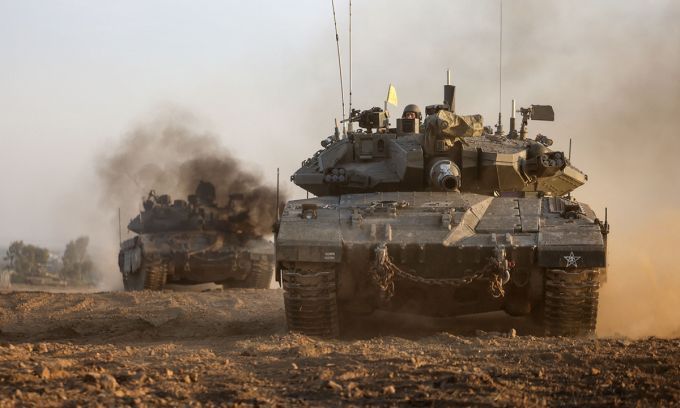
Israeli tanks move near the border with the Gaza Strip on December 3. Photo: AFP
The scale and purpose of this ground operation also contributed to the unpredictability and increased casualties for the Israeli military. The main goal of Israel's 2014 campaign was to find and destroy tunnels in the Gaza Strip, while Tel Aviv this time declared that it would not stop the operation until it "rooted out" Hamas.
"The scale of this war cannot be compared with that of 2014. Israeli forces then mostly did not penetrate more than a kilometer into the Gaza Strip," said retired Major General Amidror.
After weeks of focusing on the northern Gaza Strip, the Israeli army continued to send ground troops into the south on December 4. Fierce fighting is currently taking place in the city of Khan Younis, a Hamas stronghold in the area. Some witnesses said the Israeli army was sent tanks into the city center on December 10.
Despite the huge loss of soldiers, Israeli public support for the campaign in the Gaza Strip will not wane, according to expert Elsin, whose husband and three children are serving in the military.
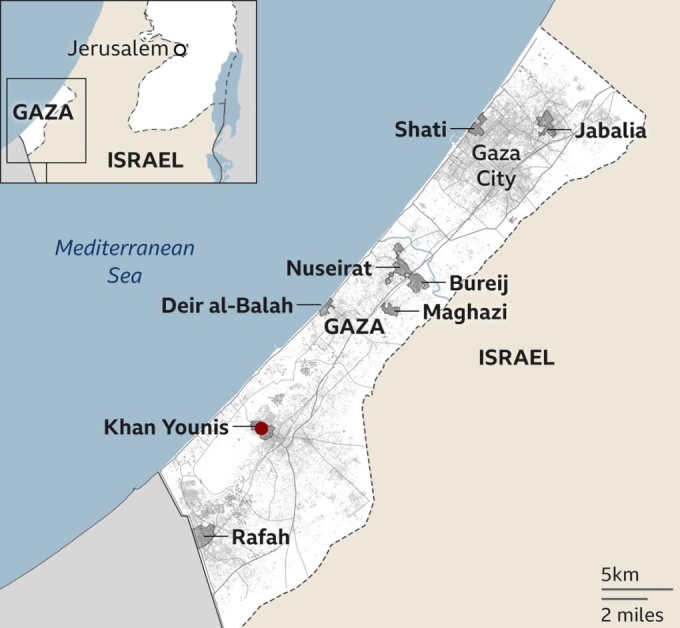
Location of cities in the Gaza Strip. Graphics: BBC
Pham Giang (According to CNN, Reuters )
Source link


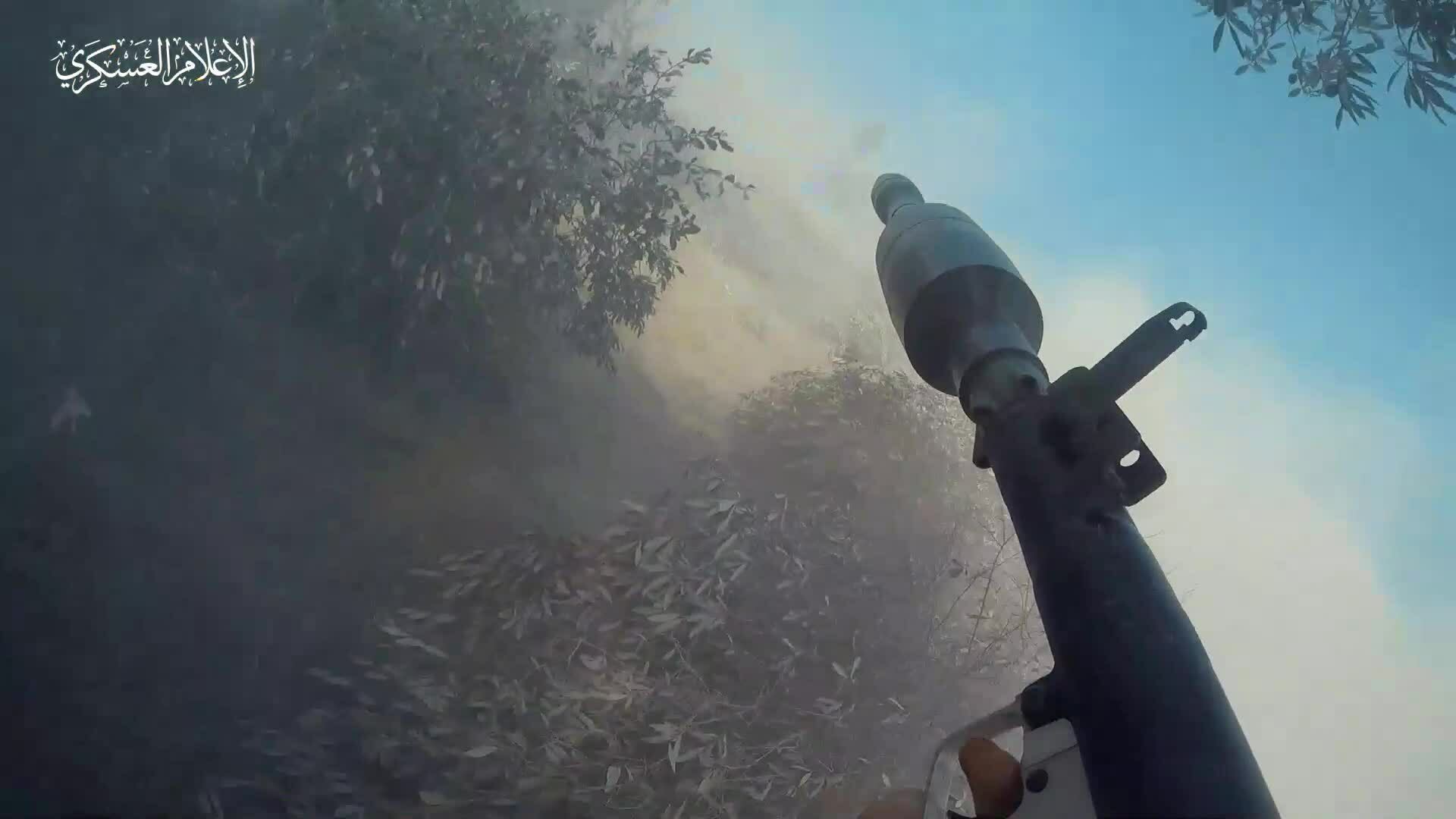
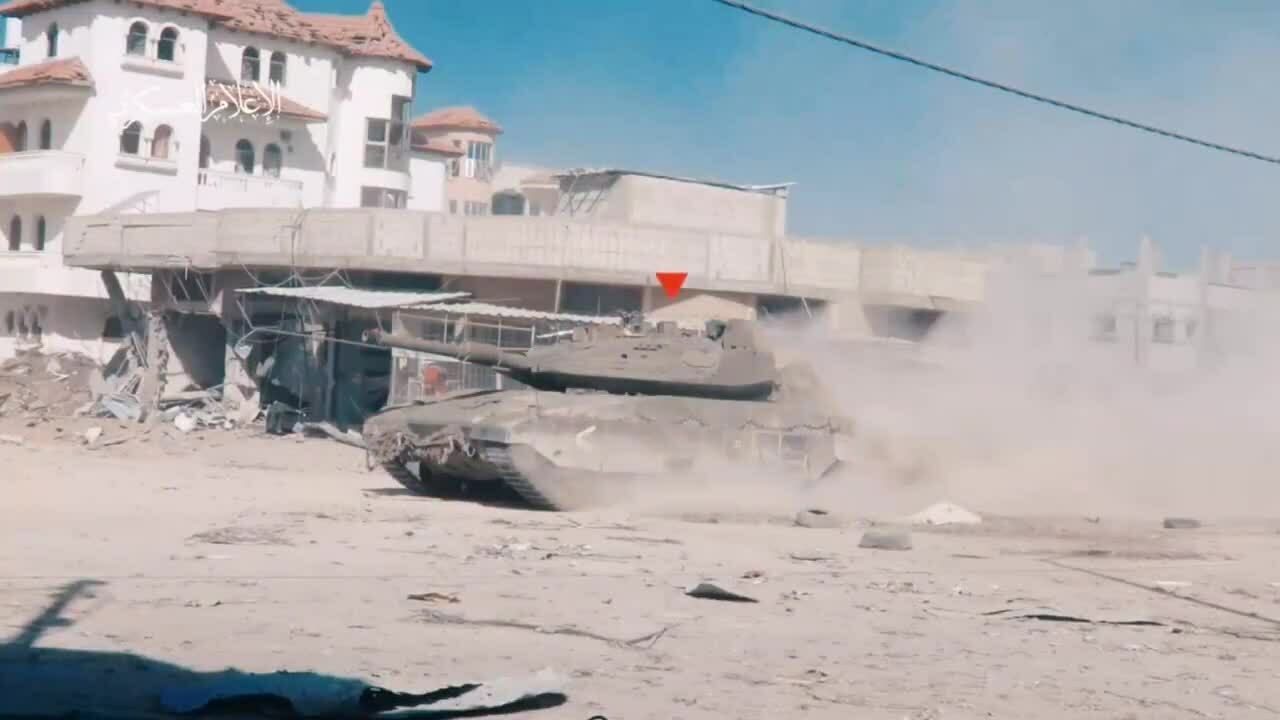
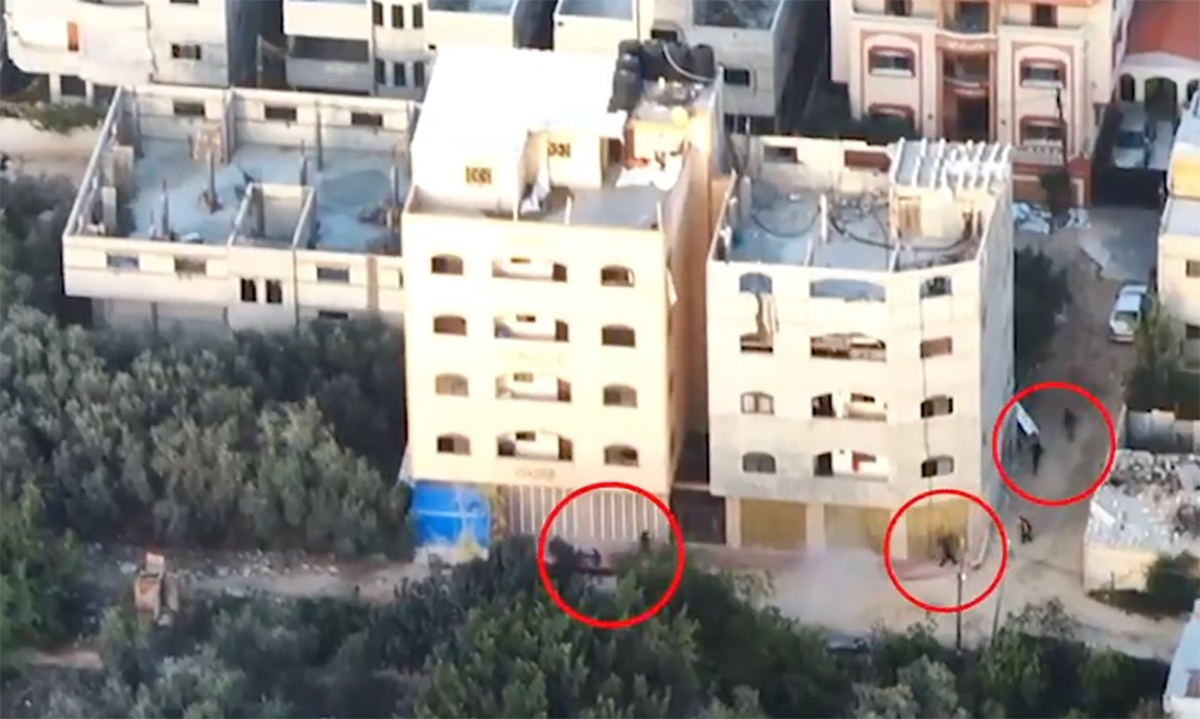




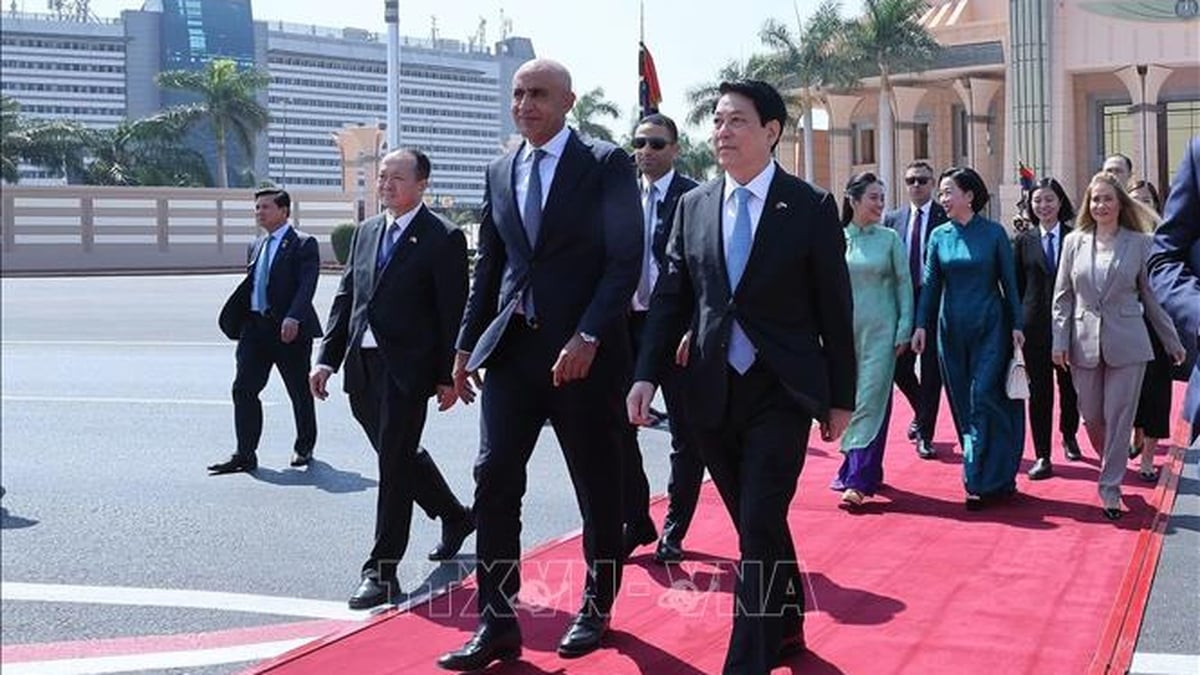
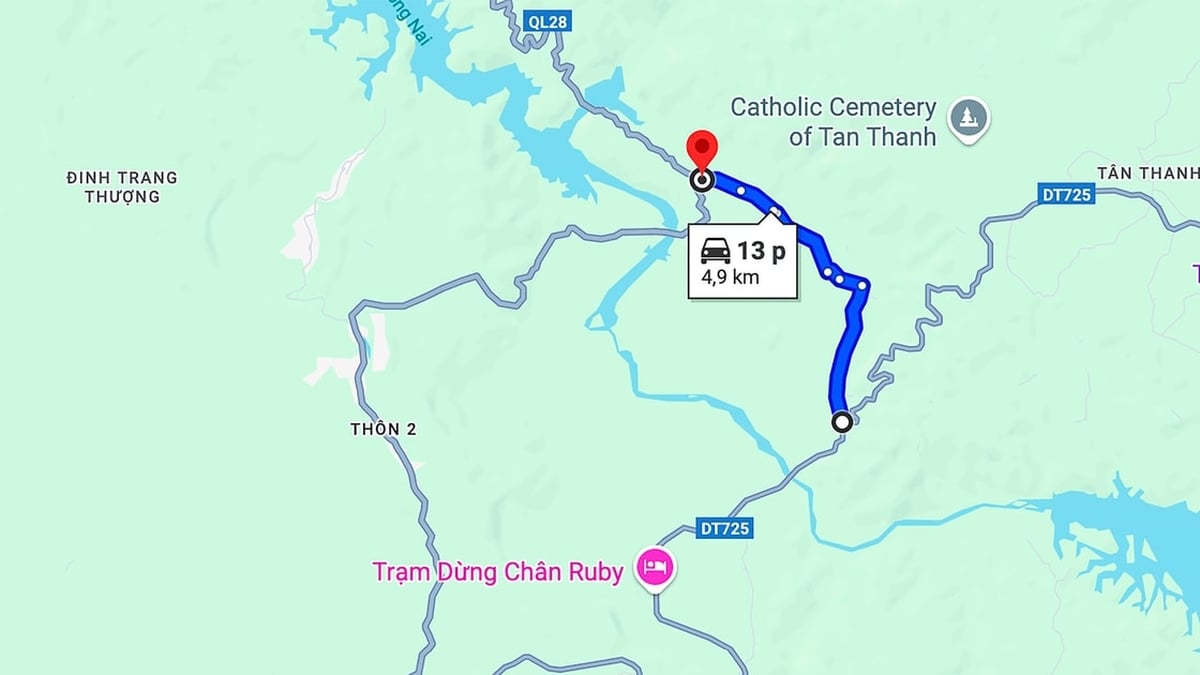


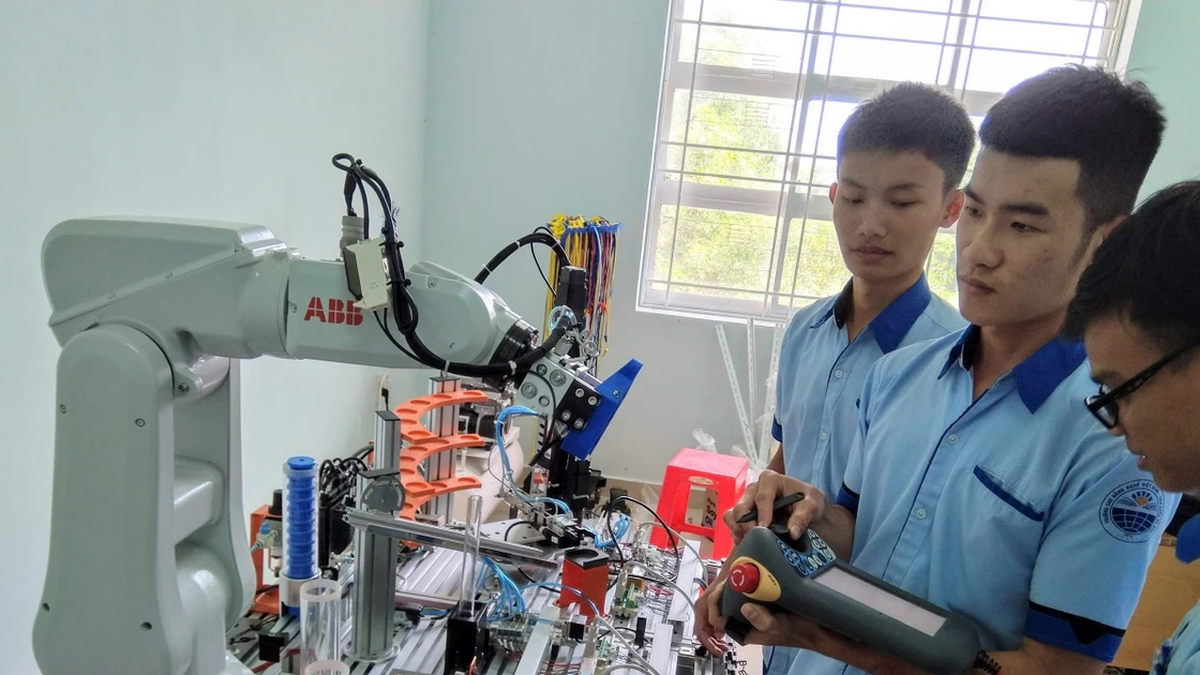
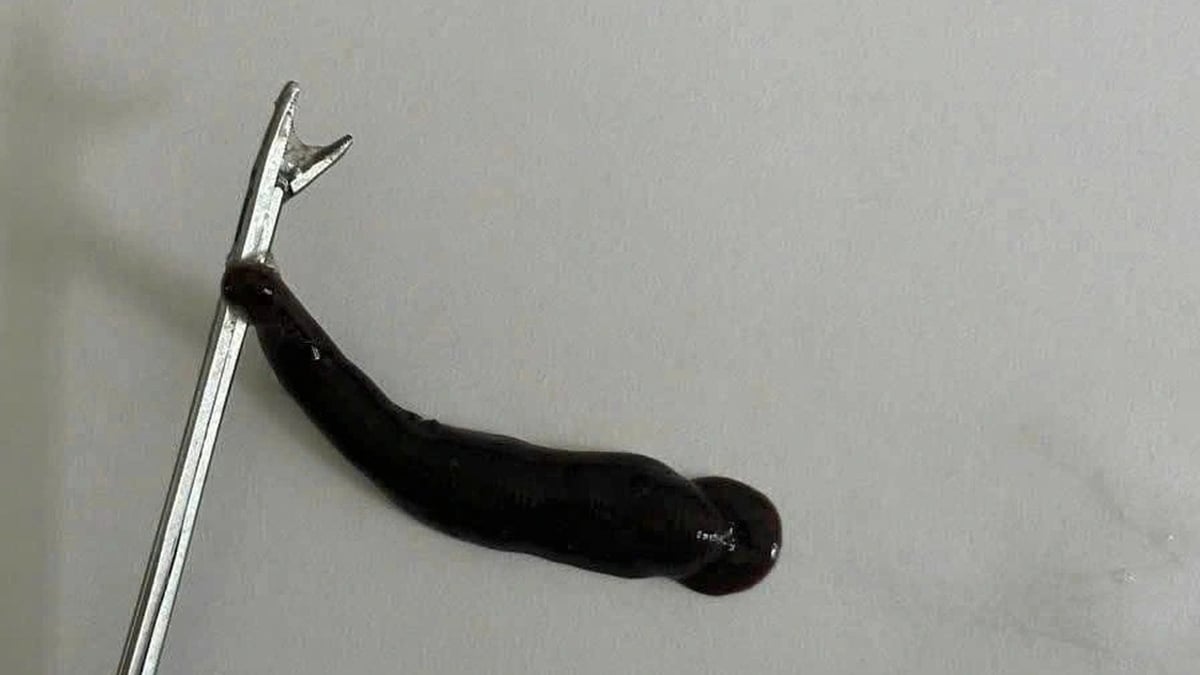











![[Photo] Discover the "wonder" under the sea of Gia Lai](https://vphoto.vietnam.vn/thumb/1200x675/vietnam/resource/IMAGE/2025/8/6/befd4a58bb1245419e86ebe353525f97)







![[Photo] Nghe An: Provincial Road 543D seriously eroded due to floods](https://vphoto.vietnam.vn/thumb/1200x675/vietnam/resource/IMAGE/2025/8/5/5759d3837c26428799f6d929fa274493)




































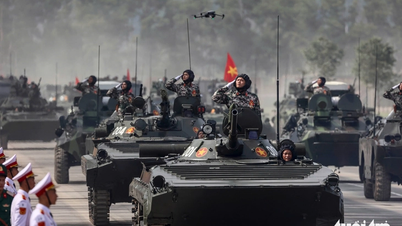






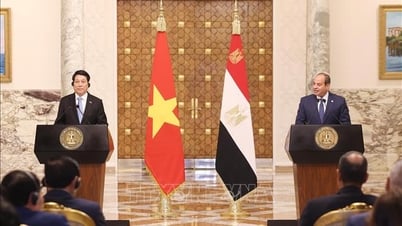














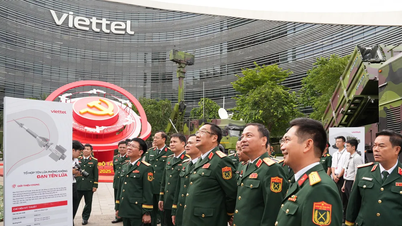







Comment (0)